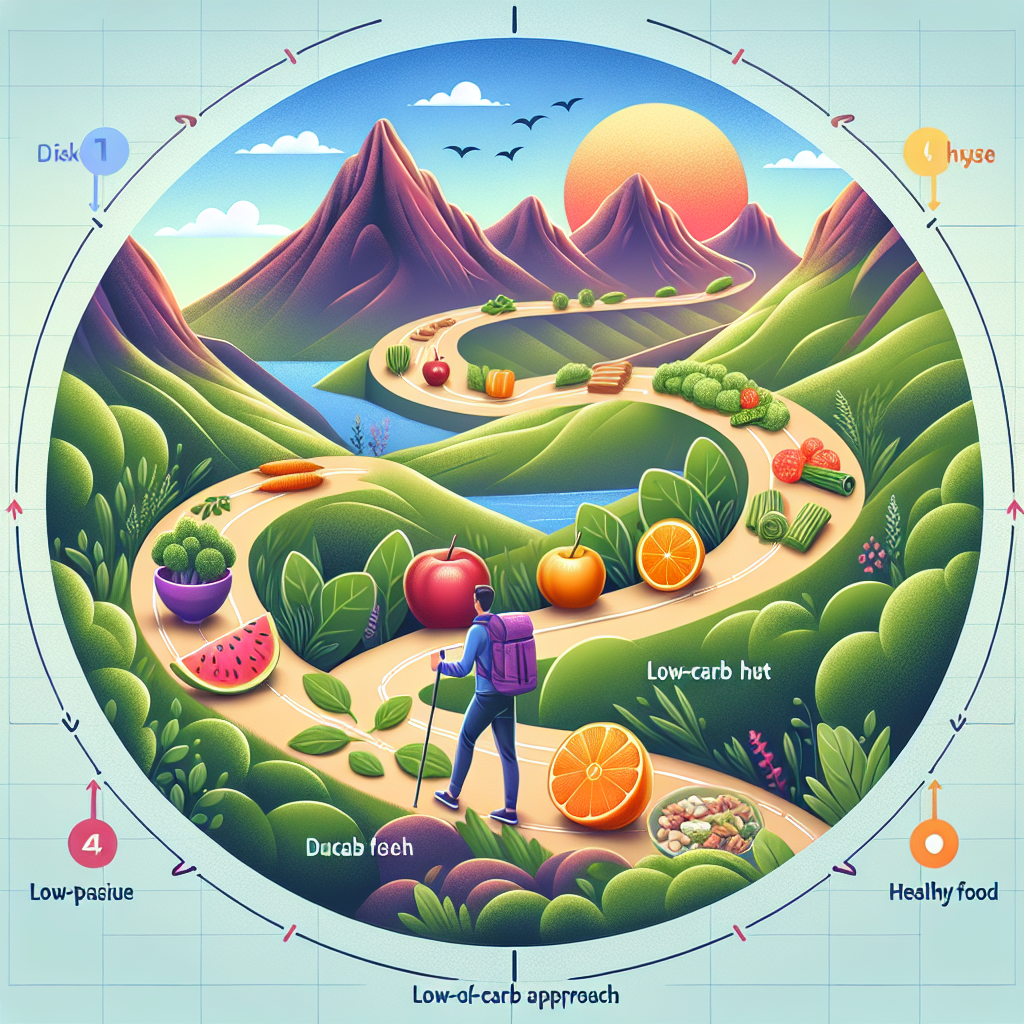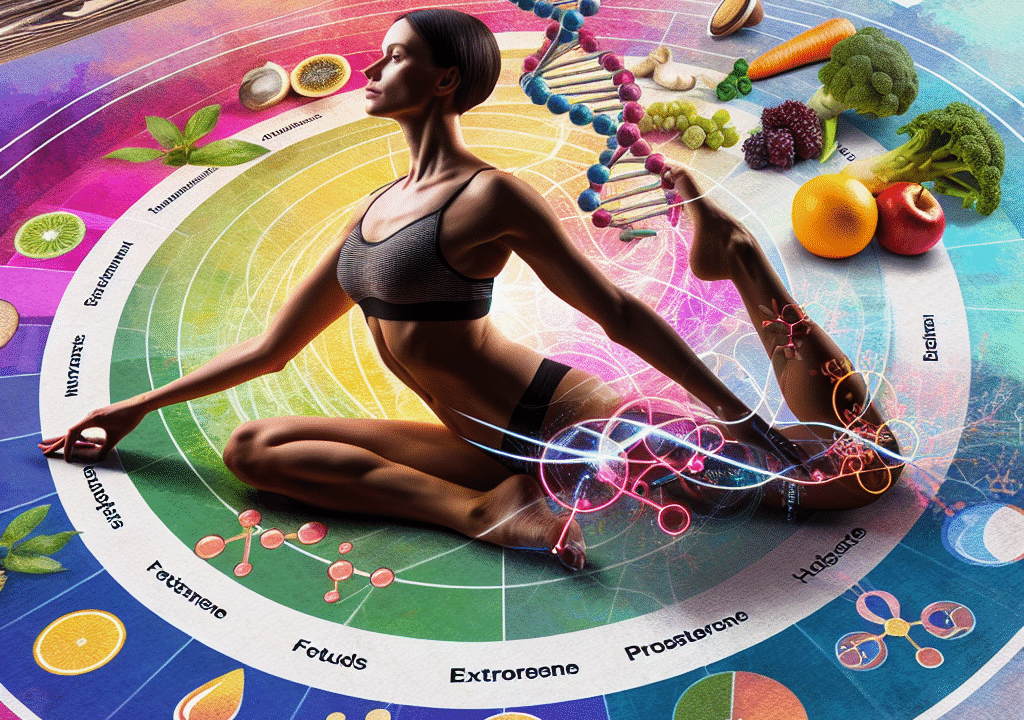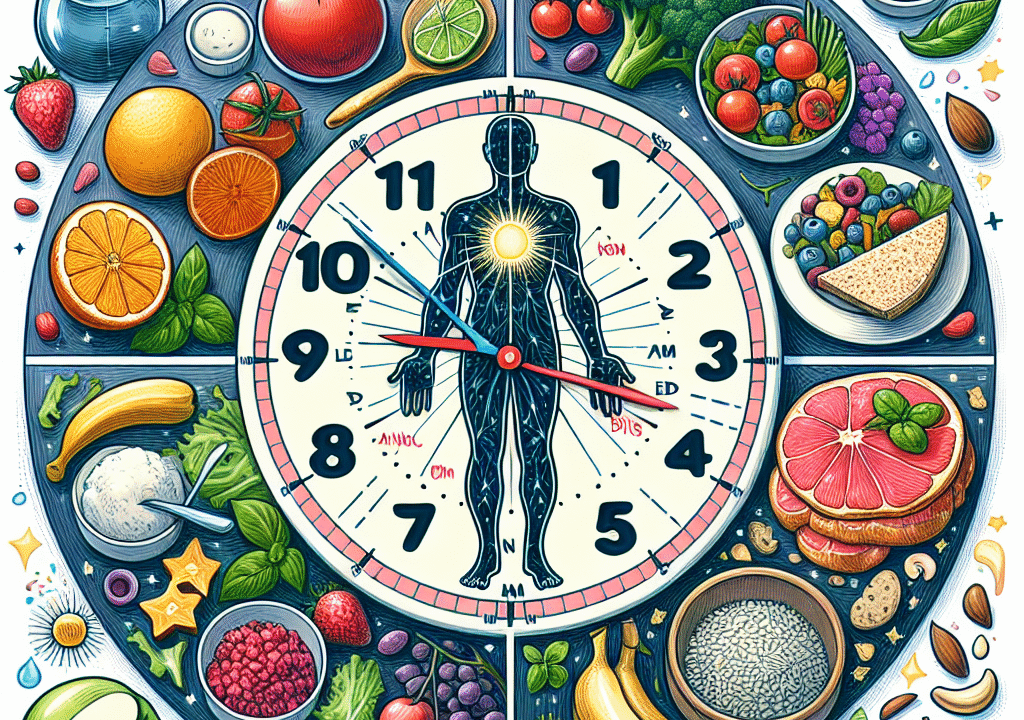
The Dukan Difference: A Smarter Alternative to Traditional Low-Carb Diets
In today’s crowded world of diet options—keto, paleo, intermittent fasting, and low-calorie eating plans—it’s easy to feel overwhelmed. Most diets promise quick results but fall short of long-term success. That’s where the Dukan Diet stands apart. Designed with structure and sustainability in mind, the Dukan Diet’s four-phase plan guides users step-by-step toward not just weight loss—but lifelong weight management.
Unlike many low-carb diets that bring rapid reduction followed by frustrating rebound weight gain, the Dukan approach provides a reliable, science-backed roadmap for real progress and long-term health outcomes.
Global health data from the World Health Organization indicates that over 1.9 billion adults are overweight, with nearly 650 million classified as obese. With lifestyle-related health issues on the rise, a clear and manageable action plan isn’t just preferred—it’s essential.
What Is the Dukan Diet?
Developed by Dr. Pierre Dukan, a French physician with over four decades of experience in nutrition and weight management, the Dukan Diet is a high-protein, low-carbohydrate eating plan divided into four distinctive stages: Attack, Cruise, Consolidation, and Stabilization.
Each phase builds on the last, reinforcing healthy habits, promoting fat loss, and establishing a sustainable way to eat for life. Dr. Dukan designed the diet not only for initial weight loss but to support a lifetime of goal maintenance.
“Nutrition isn’t just about food—it’s about behavior,” explains Dr. Melina Jampolis, a physician and nutrition expert. “Programs like the Dukan Diet work because they create structure and accountability over time.”
Unlike many low-carb plans which end when you lose the weight, Dukan provides a full roadmap that begins at day one and continues indefinitely.
Phase 1: The Attack Phase – Kickstart Your Fat Loss
The first phase, known as the Attack Phase, is designed to accelerate fat burning. This initial stage lasts between two to seven days, depending on your weight loss goal, and consists exclusively of lean protein such as chicken breasts, egg whites, white fish, and low-fat dairy. Additionally, participants consume 1.5 tablespoons of oat bran daily and stay well-hydrated.
This high-protein strategy increases calorie burn and satiety. A study published in the American Journal of Clinical Nutrition found that protein-rich diets can increase daily calorie expenditure by up to 100 calories.
You’re also encouraged to move daily—just a brisk 20-minute walk is enough to optimize fat burn and metabolism.
Example: Replace a typical carb-heavy breakfast with scrambled egg whites, smoked salmon, and fresh herbs.
This lean-protein focus delivers cleaner results than traditional low-carb diets that often allow fatty cuts of meat and cheese, enabling you to reduce calories while supporting muscle maintenance.
Phase 2: The Cruise Phase – Steady Weight Reduction Through Structure
After an effective jumpstart, the Cruise Phase introduces non-starchy vegetables such as spinach, kale, cucumbers, and zucchini on alternating days. You’ll cycle between pure protein days (PP) and protein plus vegetable days (PV). This phase continues until you reach your “true weight,” which is calculated based on age, dieting history, gender, and metabolism.
True weight is more realistic and sustainable than arbitrary goals, helping you build discipline while avoiding discouragement.
Example: On a PV day, enjoy grilled chicken breast, sautéd green beans, and sugar-free yogurt for lunch.
Incorporating fiber-rich vegetables helps reduce cravings and supports digestion—all while keeping your carbohydrate intake manageable.
Need help finding the right protein and fiber sources? A detailed shopping guide from eDrugstore.com can be a helpful resource for staying on track.
Phase 3: The Consolidation Phase – Prevent the Weight From Returning
Reaching your goal weight isn’t the end of the road—it’s the beginning of long-term success. That’s why the Consolidation Phase is key to the Dukan Diet’s effectiveness in preventing weight regain.
For every pound lost, you’ll spend five days in this phase. It’s during this time that you’ll slowly reintroduce formerly restricted foods like fruit, whole-grain bread, starchy vegetables, and cheese. You’ll also get two “celebration meals” each week, where you can eat what you love—within reason.
Reintroduction is gradual, helping you stay in control while building flexibility into your lifestyle. According to the National Weight Control Registry, over 80% of individuals who lose significant weight end up regaining it—usually due to not having a game plan after the diet ends.
The Dukan Consolidation Phase closes this gap and supports sustainable habits that last beyond the diet itself.
Example: A celebration dinner might include lean steak, roasted sweet potatoes, and a glass of red wine.
Phase 4: The Stabilization Phase – Lifelong Maintenance Without Deprivation
The final phase, Stabilization, equips you with simple, manageable rules to maintain your weight without obsessing over every meal. This phase is meant to be followed for life and includes:
– One day per week of pure protein (often Thursday)
– Three tablespoons of oat bran daily
– Plenty of water throughout the day
– Regular daily movement such as walking, cycling, or dancing
This phase allows you freedom without falling back into old habits. As Dr. Dukan describes, this is “freedom with boundaries,” providing structure without rigidity.
Example: On your protein-only day, a typical menu might include turkey patties with cottage cheese and herbs.
The lifestyle-focused nature of this phase makes it easier to stay committed and avoid the setbacks common in traditional diets.
Why the Dukan Diet Outperforms Other Low-Carb Plans
So what makes the Dukan Diet a more effective long-term solution?
1. Structured Phases for Lasting Results
Each phase builds logically on the last—moving from rapid fat loss to behavior reinforcement to sustainable habits.
2. Personalized Weight Targets
The concept of “true weight” makes the plan more achievable than aiming for idealized or unrealistic figures. Research from JAMA supports that personalized diet plans can improve adherence by up to 34%.
3. Lean Protein Focus
While other diets may rely heavily on fats, Dukan emphasizes lean protein, giving you a lower-calorie yet satisfying way to lose weight.
4. Long-Term Maintenance Strategy
The Stabilization Phase provides a clear, lifelong plan—something most diets overlook entirely.
5. Appetite Control with Protein and Fiber
Combining protein with oat bran and vegetables increases satiety, helping to naturally curb hunger and minimize the temptation to overeat.
The Bottom Line: Lasting Success Without the Fad
The Dukan Diet is a structured, realistic approach to weight loss and weight maintenance. Unlike trendy diets, it meets you where you are and takes you where you want to go—with strategy, flexibility, and long-term success in mind.
Ready to put an end to yo-yo dieting? This four-phase plan is more than just another low-carb strategy—it’s a sustainable solution focused on real eating habits, behavior change, and healthful living.
If you’re ready to eat smarter, feel better, and maintain your results for life, the Dukan Diet could be the answer you’ve been looking for.
References
1. World Health Organization. Obesity and Overweight Facts. Retrieved 2024 from https://www.who.int/news-room/fact-sheets/detail/obesity-and-overweight
2. Jampolis M. “How Long-Term Dieting Affects Habits.” CNN Health Interviews, 2022.
3. Westerterp-Plantenga MS, et al. “High-protein diets: a review.” American Journal of Clinical Nutrition. 2009; 90(1): 23–29.
4. eDrugstore.com Healthy Eating Guides & Resources. Retrieved 2024 from https://www.edrugstore.com
5. National Weight Control Registry. Successful Weight Loss Maintenance. Retrieved 2024 from https://www.nwcr.ws
6. Dukan, P. (2011). The Dukan Diet. Crown Publishing Group.
7. JAMA Network. Personalization in Diet Leads to Better Weight Loss Outcomes. 2018 Study: https://jamanetwork.com/journals/jama/fullarticle/2673150


